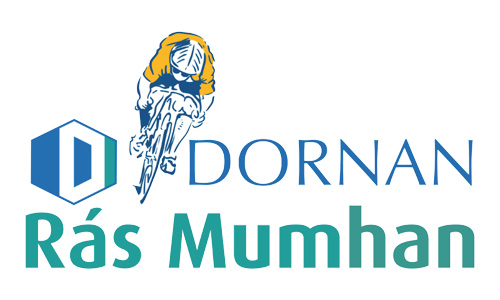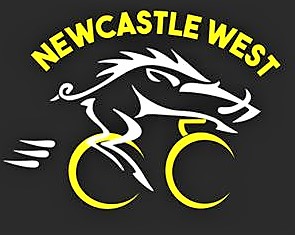This is something I had to share with you as some wonderful things happen now and then in my beloved sport…Meet Alastair Martin (Ards CC) ex-mountain bike Olympian and Commonwealth competitor, Tour of Ards winner in 1989, Man of the Ras in 1989 in the time the USSR dominated the scene with a full podium, Alastair was 4th, winning the best County Team Award (Antrim) with his teammates Andrew Moss, Cormac McCann, Chris McCann, Sean O’Hare all renowned cyclists at that time, and now webmaster of Ards CC http://www.ardscc.co.uk Still active on a bike and commute each day to work in Belfast from Newtownards. He is also the son of Ron Martin (Iconic ex-Timekeeper of Ards CC) and they are both veterinaries.

https://www.facebook.com/334497813806473
The penny-farthing, also known as a high wheel, high wheeler and ordinary, was the first machine to be called a BICYCLE. It was popular in the 1870s and 1880s, with its large front wheel providing high speeds (owing to it travelling a large distance for every rotation of the legs) and comfort (the large wheel provides greater SHOCK ABSORPTION). It became obsolete from the late 1880s with the development of modern bicycles, which provided similar speed amplification via chain driven gear and comfort through pneumatic tyres.
The name came from the British penny and farthing coins, one much larger than the other, so that the side view resembles a penny leading a farthing. Although the name “penny-farthing” is now the most common, it was probably not used until the machines were nearly outdated. For most of their reign, they were simply known as “bicycles”. In the late 1890s, the name “ordinary” began to be used, to distinguish them from the emerging safety bicycles, this term and “hi-wheel” (and variants) are preferred by many modern enthusiasts.

Following the popularity of the BONESHAKER, EUGENE MEYER a Frenchman invented the high-wheeler bicycle design in 1869 and fashioned the wire-spoke tension wheel. Around 1870 English inventor JAMES STARLEY described as the father of the bicycle industry, and others, began producing bicycles based on the French boneshaker but with front wheels of increasing size, because larger front wheels, up to 5 feet (1.5 m) in diameter, enabled higher speeds on bicycles limited to direct in 1878.
Although the trend was short-lived, the penny-farthing became a symbol of the late VICTORIAN ERA. Its popularity also coincided with the birth of cycling as a sport.



https://www.signsandgraphics.net/






























